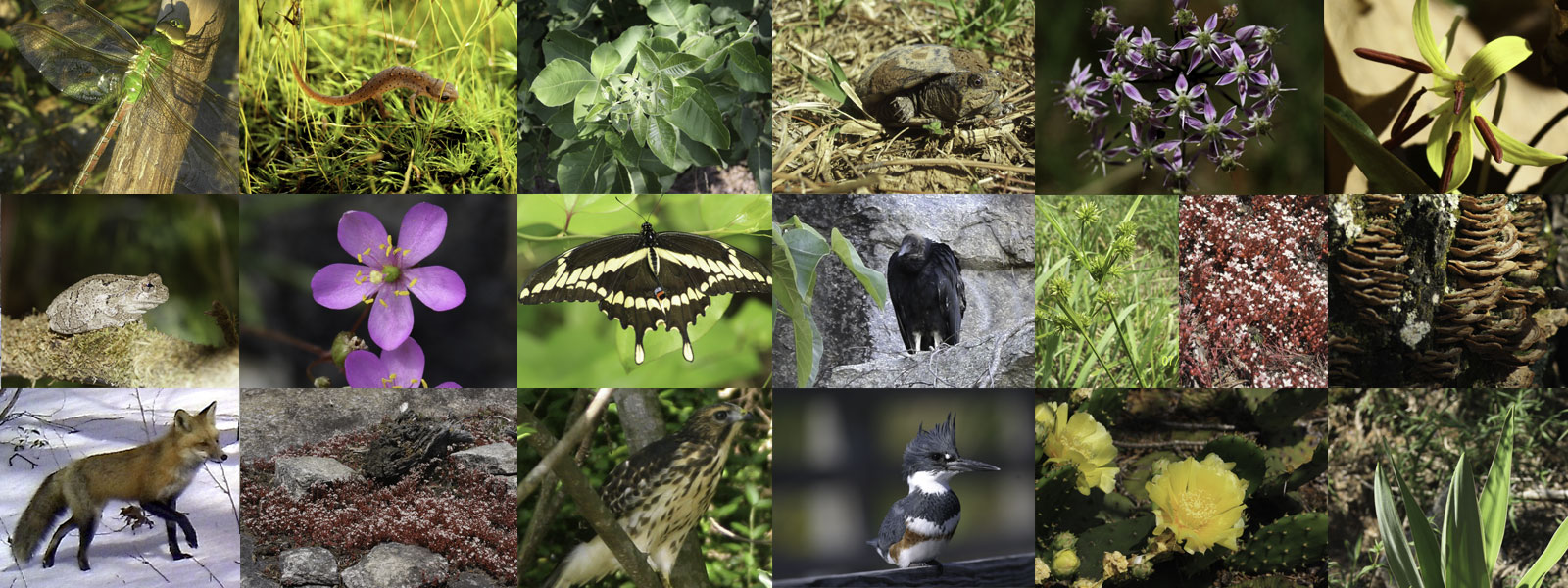
Rocky Face Mountain Recreational Area is on the North Carolina Registry of Natural Heritage Areas.
A survey was conducted by the North Carolina Natural Heritage Program in 2002 and found significant communities of plants and wildlife. According to the survey:
• Rocky Face Mountain with its extensive exposures of granitic gneiss and areas of shallow soil contains examples of rare natural community types, including Low Elevation Granitic Dome and Montane Red Cedar-Hardwood Woodland, along with good examples of the uncommon Piedmont Monadnock Forest type.
• Rocky Face contains a number of rare species associated with rock outcrops and forest and woodlands. These include Keever’s bristle moss which is considered endangered by the state and most of its world population is in the Brushy Mountains. Also included are striped garlic, shinyleaf meadow-sweet, cofaqui giant skipper and giant swallowtail.
• Rocky Face Mountain is an excellent example of a granitic dome or bornhardt, and of the exfoliation process in the massive granitic rock that creates the rock faces.
The Natural Heritage Program recommends the use of the area for public education and for low-impact recreation. Emergency vehicles are the only vehicles allowed on the mountain. Foot traffic on the outcrops is limited, as much as possible to established trails. No new roadways will be constructed. New foot trails may be constructed without damage if care is given to prevent trampling of rock outcrops. Because of their fragile nature, some outcrops are left without trail access.
Rocky Face Mountain provides an ideal habitat for a variety of wildlife including squirrels, rabbits, rodents and a variety of snakes and birds. Two rare animals both butterflies are known to Rocky Face. Cofaqui giant skipper feeds on yuccas that are abundant in the wooded areas. The Giant swallowtail feeds on the hop-tree. Both of these species are very rare in North Carolina and are currently listed on the NC Natural Heritage Programs list of significant animal species.

